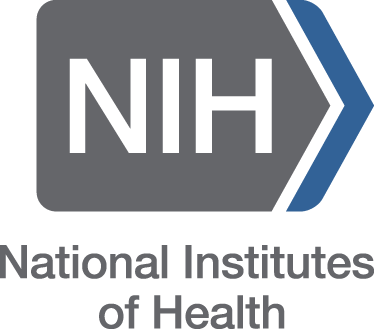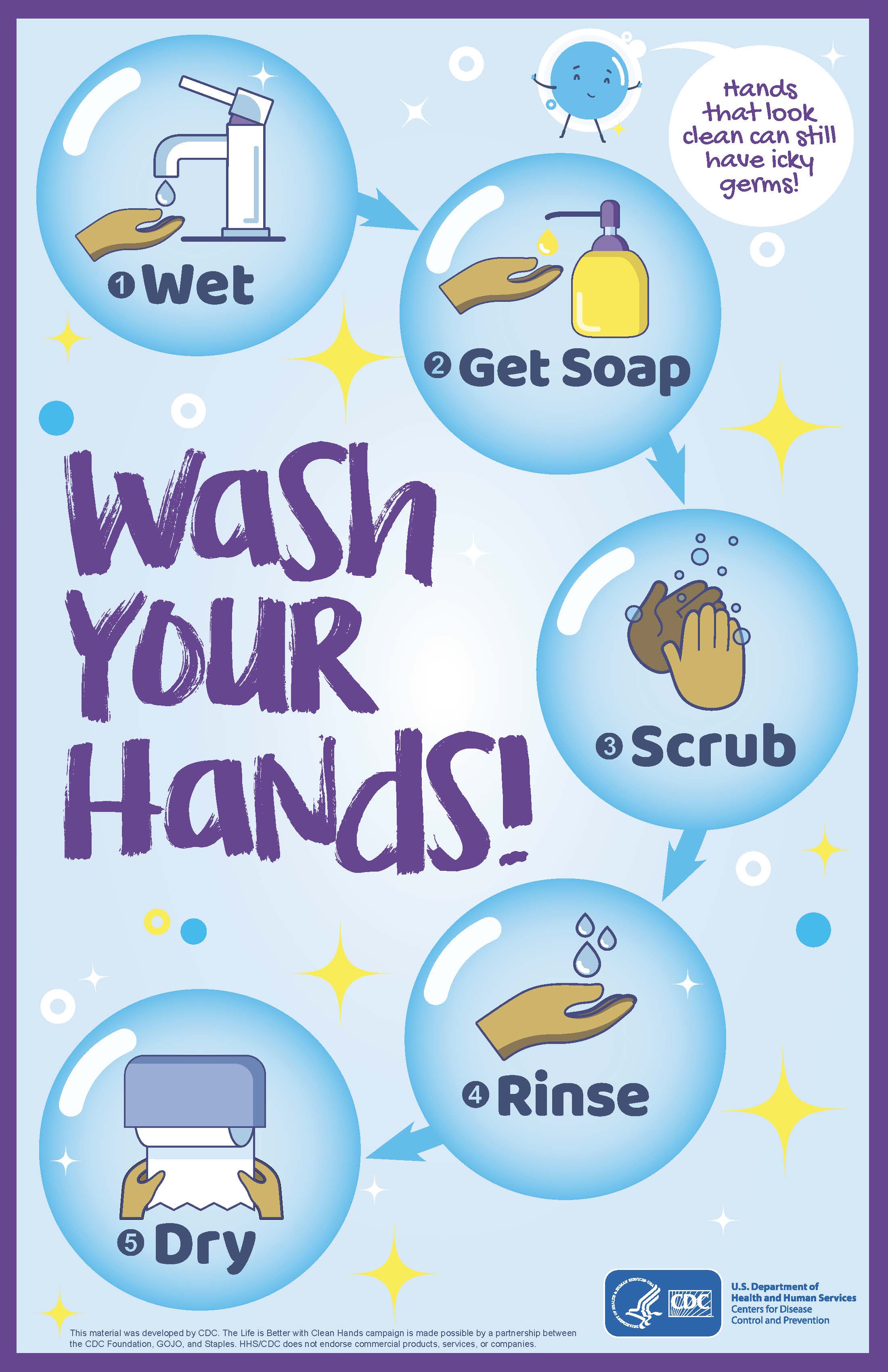Infectious Diseases
Breadcrumb
Discover Prevention of Infectious Diseases
Infectious diseases are caused by microorganisms such as viruses, bacteria, fungi, or parasites. Microorganisms that cause disease are collectively called pathogens. Pathogens cause disease either by disrupting the body's normal processes and/or stimulating the immune system to produce a defensive response, resulting in high fever, inflammation, or other symptoms.
Infectious diseases can be spread from one person to another, for example through contact with bodily fluids, by aerosols (through coughing and sneezing), or via a vector, for example, a mosquito. Infectious diseases are one of the leading causes of death worldwide.
But don't wait for a pandemic! Discover an NNLM Reading Club book now and get the conversation started.
 Discover MedlinePlus
Discover MedlinePlus
MedlinePlus is a service of the National Library of Medicine, the largest biomedical library in the world. Use MedlinePlus.gov anywhere, anytime, on any device - for free - to discover high-quality health and wellness information that is reliable, easy to understand, and free of advertising, in both English and Spanish.
Discover information on:
Also discover MyHeathfinder.gov to learn how to Prevent Infections When You Get Medical Care.
Discover NIH
 The National Institutes of Health (NIH), a part of the U.S. Department of Health and Human Services, is the nation’s medical research agency — making important discoveries that improve health and save lives. NIH is made up of 27 Institutes and Centers, each with a specific research agenda, often focusing on particular diseases or body systems.
The National Institutes of Health (NIH), a part of the U.S. Department of Health and Human Services, is the nation’s medical research agency — making important discoveries that improve health and save lives. NIH is made up of 27 Institutes and Centers, each with a specific research agenda, often focusing on particular diseases or body systems.
National Institute of Allergy and Infectious Diseases is the primary NIH organization for research on Infectious Diseases.
Discover More

Many diseases become difficult to control if infectious agents evolve resistance to commonly used drugs. Scientists are currently searching for new approaches to treat infectious diseases, focusing on exactly how the pathogens change and drug resistance evolves.
Centers for Disease Control and Prevention (CDC) is the national health agency responsible for American lives by securing global health, ensuring domestic preparedness, eliminating disease, and ending epidemics. Ready-to-use printable posters from the CDC can help raise awareness about hand washing. Place them in highly visible public areas, such as schools, workplaces, and restrooms.
National Foundation for Infectious Diseases is a non-profit 501(c)(3) organization dedicated to educating the public and health care professionals about the burden, causes, prevention, diagnosis, and treatment of infectious diseases across the lifespan.
"Hands-on" activities help raise awareness of how germs and viruses are transmitted. The aim of Handshake Hazard is to raise awareness of the transmission of bacteria and to show how easily germs can spread from person to person and on different surfaces. The key message is that thorough hand washing can reduce the spread of bacteria.
Featured Books
-
Title: A Song for a New DayPublisher Berkley PressYear published 2019Book image

-
Title: Everything Is TuberculosisPublisher Crash Course BooksYear published 2025Book image

-
Title: SeverancePublisher Farrar, Straus and GirouxYear published 2019Book image

-
Title: The Murmur of BeesPublisher AmazonCrossingYear published 2019Book image

Terms of use: Network of the National Library of Medicine (NNLM) staff offer these health discussion resources for educational use. The materials included do not necessarily reflect the views or opinions of the author, publisher, or the sponsoring agencies of the National Library of Medicine (NLM) and the National Institutes of Health (NIH).

